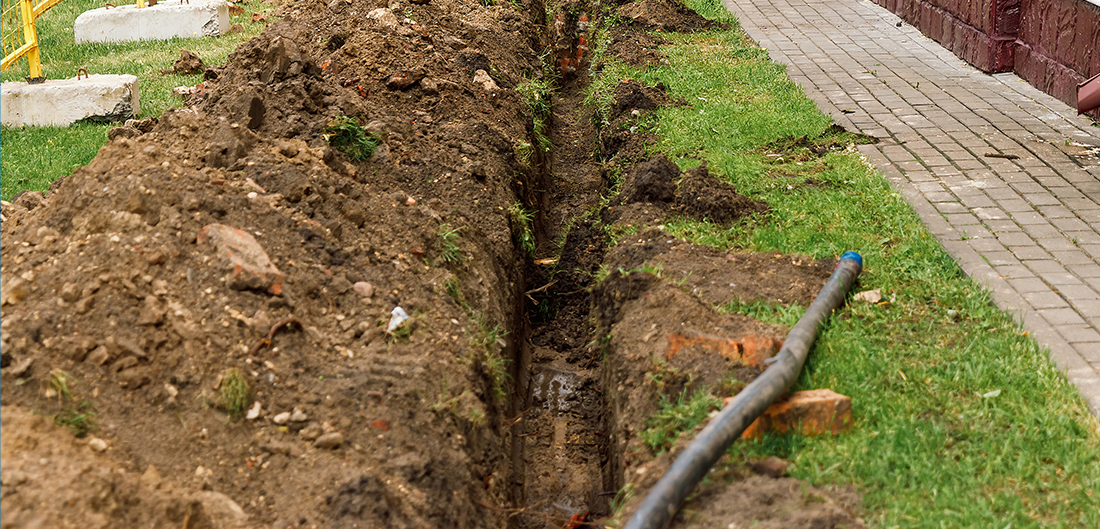6 Questions (and Answers) About French Drains
by RaeAnna Barstow on October 21, 2024





If you’re dealing with a wet basement or a soggy lawn, you might want to look into installing a French drain. While it’s not necessarily a “quick fix,” a French drain can be a smart investment to keep your home and yard dry. Here’s what to know before you dig.
What are French drains?
French drains are trenches that redirect surface water and groundwater in your yard away from a particular area. The trench is typically filled with rocks or gravel, which surround a perforated pipe.
With a French drain, unwanted water travels through the pipe and empties a safe distance from your home or business.
Looking to bundle your auto and home? Request a quote today.Request a Quote
How do I know if I need a French drain?
You’ll know you need a French drain if water is an issue in your house. The most common problem is water getting into your basement. Also consider a French drain if standing water outside of your home is an issue.
Another instance in which you’ll want to consider a French drain is if you’re building a retaining wall on a hillside.
A French drain can alleviate water issues by redirecting the water to a lower-lying area of your property, the street, a drainage ditch, a dry well or some other place.
How is a French drain installed?
While it’s possible to tackle a DIY French drain project, most people opt to hire a contractor. There are three different styles of French drains:
- A shallow French drain that extends horizontally across your property to channel water away from an area. This is a good option if you’re only dealing with surface water.
- A deep French drain that extends all around your house and blocks water from entering your basement. This is something you’ll want to consider if water is getting into your basement.
- An interior French drain that intercepts water that enters your basement. This is another option worth considering if water is getting into your basement.
What is the average cost to install a French drain?
Deep French drains and interior French drains are generally more expensive than shallow French drains. No matter which option you choose, it is easier and cheaper to install French drains when a house is being constructed rather than after it’s been constructed.
The average cost to install a French drain varies depending on the size of your basement and whether your home is finished or unfinished. In general, it costs several thousand dollars to install a French drain. Many contractors will include the cost of a sump pump in the price.
Where did the name come from?
The “French” in French drain has nothing to do with the home of the Eiffel Tower at all. Rather, the drain is named after the inventor Henry Flagg French.
Does homeowners insurance cover flood damage?
Standard homeowners policies exclude damage from flooding. To get protected, you’d need to purchase a separate flood insurance policy.
At ERIE, we believe in bringing peace of mind to our customers, which is why we also offer our Extended Water endorsement.1 This endorsement is designed to offer protection for your home in the event of a sewer or drain backup (additional Water Backup endorsement needed in North Carolina), or from flooding such as inland flooding, tidal water, storm surge or mudflow and mudslide.
When you’re with ERIE, we want you to feel confident in understanding how your insurance works and knowing what kind of coverage is the best fit for you.
Talk to an insurance professional like a local Erie Insurance agent to ask any questions and get a free quote today.
- 1Extended Water coverage endorsement does not satisfy mandatory flood insurance coverage should it be required by your federally regulated lender for your home mortgage or loan. This insurance product is not affiliated with the National Flood Insurance Program. Not available in all states. Extended Water coverage endorsement is not intended to provide coverage for damage caused by leaking or wet foundations or basements, water damage caused by normal wear and tear or other maintenance related damage. Insurance products are subject to terms, conditions, exclusions, limits, sub-limits not described here.
